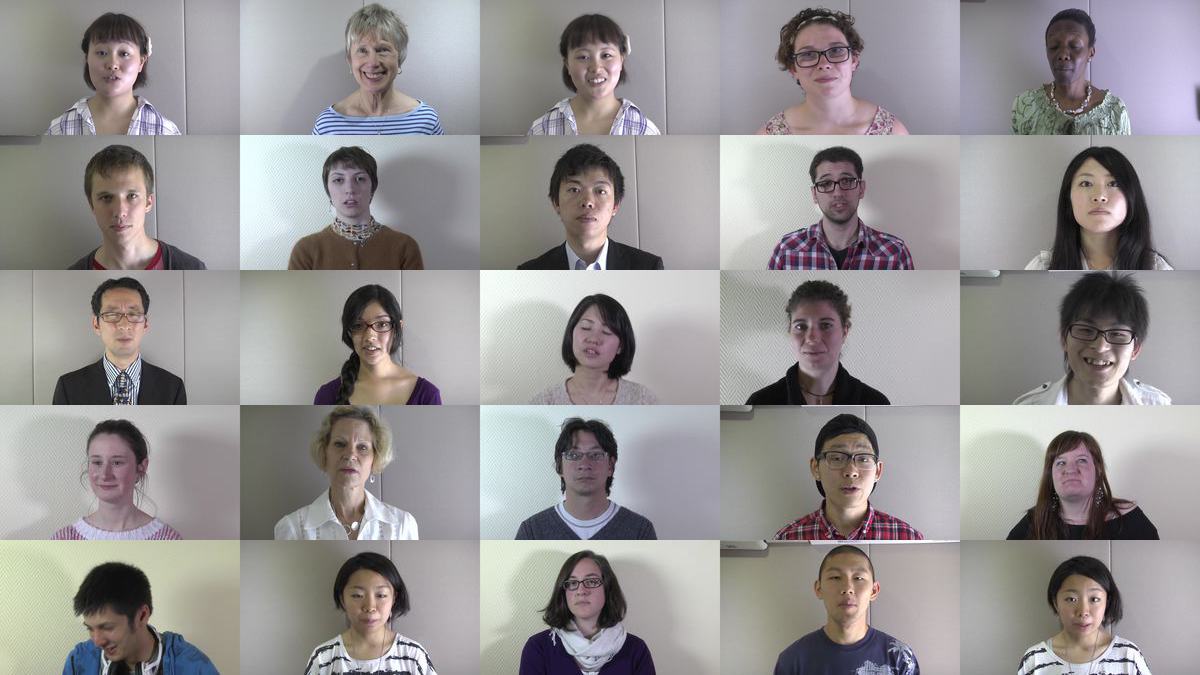International workshop on audio-visual affective prosody in social interaction & second language learning
(AVAP 2015)
Bordeaux, 5 and 6 March 2015

Elena Ratnikova
Identification of the stable cues in the prosodic structure of an oral utterance in the French language
Faculty of Foreign Languages of Lomonosov Moscow State University
One of the principal factors behind the complexity of studying spontaneous oral speech is the multiplicity of situations within which it can be realized. The great variability of specific instances makes it extremely difficult to identify any stable cues meaningfully segmenting the unfolding of a spontaneous utterance. Over the years numerous efforts had been made to establish the stable structure of oral utterance both at the syntactic and prosodic levels. Despite certain progress having been achieved in this respect, there is still an evident lack of analysis and systematization regarding the variability of oral speech in terms of its prosodic characteristics, first of all intensity, which, unlike pitch, had not been researched as extensively. In the process of speech production, intensity is being controlled by the speaker to a lesser degree and as a rule is perceived less accurately by the listener.
To further the research effort in this area, a dedicated experiment had been carried out at Lomonosov Moscow State University, the Faculty of Foreign Languages and Regional Studies, aimed at identifying the patterns of intensity distribution within oral utterances. The subject of the study was the answers given by a number of interviewees as they spoke on several French radio stations. The selection of this particular material was determined by the intention to deal with sufficiently long, distinctly time-bounded utterances, allowing to identify and cue more precisely the consecutive stages of their formation.
The results of the experiment showed that the temporal distribution of the intensity values follows a distinct pattern. In all samples, the intensity values demonstrate a strong dependence on their position within the respective utterances’ time-frames. This permitted to identify three stable stages of their prosodic realization: the first stage, characterized by the smallest range between extreme opposite values, the second, featuring the greatest variance, and the third, demonstrating a median range between the opposite values. In terms of duration, the stages rank as follows: the first – from 21 to 50 seconds, the second – from 38 to 81 seconds, and the third – from 25 to 52 seconds. In all the analysed utterances, it was observed, the duration of the first stage roughly corresponds to the volume of the human operating memory.
Therefore, the first stage can be described as the shortest and the least variable, the second as the longest and the most variable, with the third being of medium duration and variability. Apparently, the duration of the stages, together with the observed declination, reflect certain dissipating processes intrinsic to speech production.
The implemented study can serve as a basis for further, more detailed research into the issue of intensity as one of the key components determining the prosodic organization of the oral utterance. The methodology developed in the course of the experiment can be applied when studying oral speech within the L1 module, including the production of various types of emotive speech, both in native and foreign languages.
